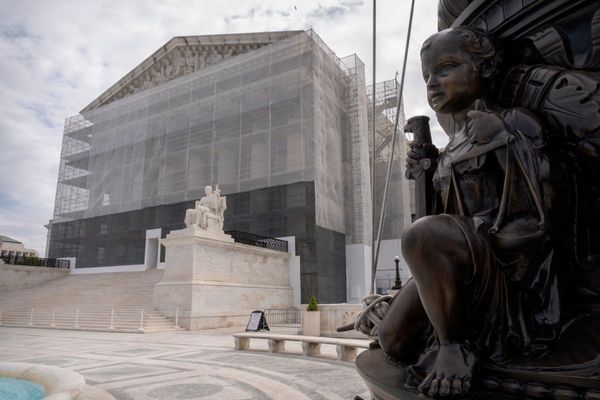
U.S. gas prices this week hit the highest seasonal levels in more than 10 years, with a sustained rally in global crude oil prices linked a slump in domestic refining and supply cuts from Russia and Saudi Arabia.
Data from the American Automobile Association pegged the average price of a gallon of regular gasoline at $3.811 on Tuesday, the highest post-Labor-Day price since 2012. That's still well below the all-time high of $5.016 a gallon, reached in June of last year.
Consumer-advocacy website GasBuddy puts the national average at $3.77 a gallon.
Both Russia and Saudi Arabia agreed on Tuesday to extend their voluntary production cuts, which are taking 1.3 million barrels of oil from the market each day, until at least the end of the year.
The move followed Energy Department data last week that showed U.S. crude production rose to the highest levels since the pandemic this summer, with June output rising to 12.844 million barrels per day.
That advance could have given both Saudi Arabia and Russia the impetus they needed to reduce output to keep global prices elevated and generate more cash for the Kremlin's war effort in Ukraine.
"The strategy has sustained the market’s climb until now and has lifted prices from this year’s dip," said George Pavel, general manager at Capex.com Middle East. "As a result, crude prices could continue to see new highs this year even though traders could continue to monitor the demand side."
WTI crude futures for October delivery, the most tightly correlated to domestic gas prices, were marked $1.31 higher in mid-day Tuesday trading to change hands at $87.24 per barrel.
Brent contracts for November, the global pricing benchmark, were up $1.33 to $90.34 per barrel, after rising above $90 a barrel earlier in the session for the first time since November.
Summer heat waves hit U.S. refining capacity
However, with summer heat waves hitting domestic refining capacity, particularly in Texas and Louisiana, gas prices have mirrored moves in global crude for much of the summer as driving demand increased and the economy continued to defy recession forecasts.
Domestic-crude stockpiles are also at multiyear lows, according to EIA data. And President Joe Biden's decision to tap the nation's Strategic Petroleum Reserve in 2020 means the emergency backstop is about half its normal average, and holds just under 350 million barrels.
Patrick De Haan of GasBuddy says prices could ease over the coming weeks, noting the minimal impact of Hurricane Idalia on drilling installations and the impending switch to cheaper winter gas mixes.
"However, any disturbances that threaten the Gulf could delay any decline between now and then, creating a bit of a bumpy ride for the next week or two before more relief arrives toward late September,” de Haan said.
- Action Alerts PLUS offers expert portfolio guidance to help you make informed investing decisions. Sign up now.







